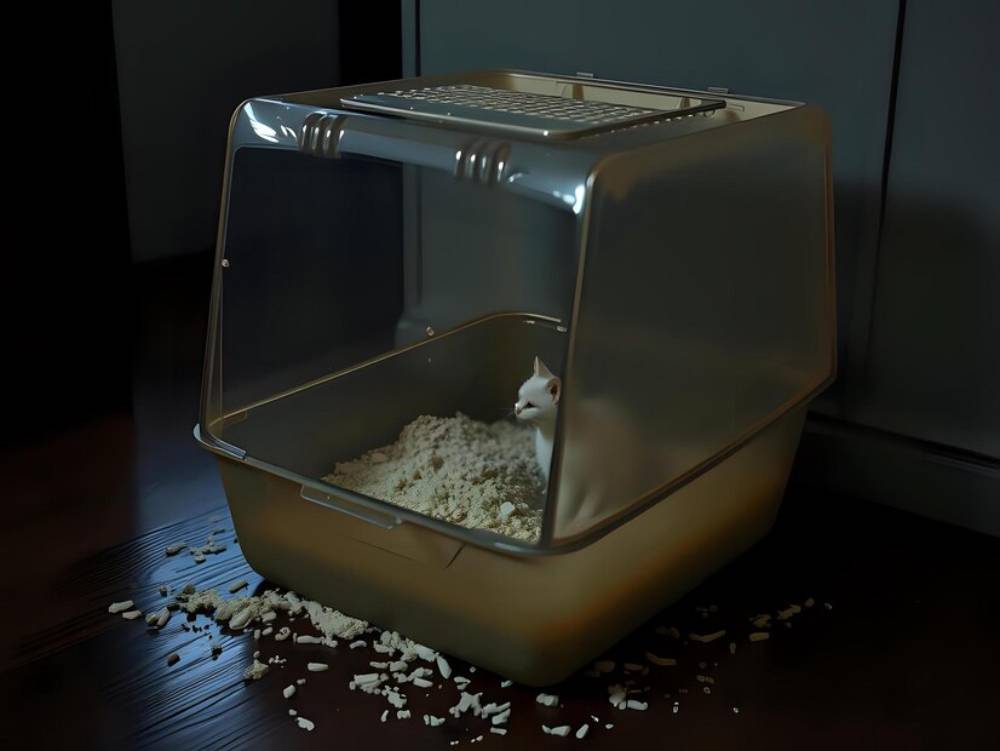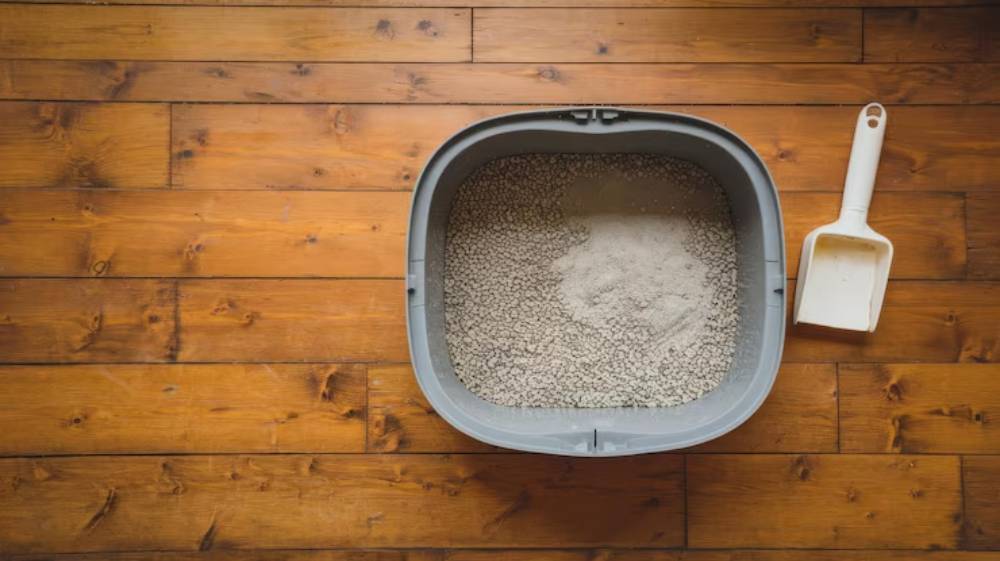
Common Mistakes to Avoid During Litter Training
Litter training is one of those milestones every cat owner looks forward to, especially when it’s done right. Whether you’re caring for a new kitten or retraining an adult or senior cat, the path to proper litter habits isn’t always as straightforward as we’d hope. Many well-meaning cat owners unknowingly make a few missteps that can delay progress or even create setbacks.
This article breaks down the most common litter training mistakes, focusing on positive, corrective strategies. We’ll help you understand what to avoid, why those choices matter, and what to do instead. You’ll also discover helpful tools, expert-backed advice, and real-world scenarios to make litter training a smoother, more rewarding experience for you and your cat.
So, whether you’re battling litter box aversion or just starting the process, let’s learn how to avoid the pitfalls and create a cleaner, calmer home for your feline friend.
Why Litter Training Can Go Wrong?
Even cats, naturally inclined to bury their waste, can struggle with litter habits under the wrong conditions. The good news is that most issues stem from small, fixable mistakes.
Misunderstanding Cat Behaviour
Cats aren’t being “difficult” when they avoid the litter tray. It’s often a message: something about the environment, the box, or their well-being is off. Recognising litter training mistakes as communication is the first step toward resolution.
Key insight: Cats are clean creatures. If they’re not using the litter box, it’s not out of spite—it’s usually discomfort, confusion, or stress.
Mistake #1 – Choosing the Wrong Litter Box
Size and Shape Matter More Than You Think
It’s easy to assume any litter box will do, but the wrong one can put your cat off entirely.
Common errors:
- Using a box that’s too small, especially for larger or senior cats
- High sides that are difficult for older or arthritic cats to step over
- Covered boxes that trap odours and reduce visibility
Better approach: Choose a box that allows your cat to turn comfortably, with sides low enough for easy entry but high enough to prevent spillage.
One Box Isn’t Always Enough
The general rule is one box per cat, plus one extra. In multi-cat households, sharing can lead to territorial tension or avoidance.
Mistake #2 – Using the Wrong Type of Litter
Cats can be surprisingly picky about litter texture and scent.
Watch out for:
- Scented litters, which can be overpowering to a cat’s sensitive nose
- Rough or sharp-grained textures that feel uncomfortable on paws
- Frequent switching between litter brands or types
Solution: Start with unscented, soft, clumping litter. Once your cat consistently uses it, you can slowly and closely monitor it before trying other types.
Real-world tip: One cat owner found success retraining her rescue tabby by layering a thin sprinkle of soil over the litter, easing the transition from outdoor habits to indoor ones.
Mistake #3 – Poor Litter Box Placement

Where you place the box is just as important as what goes inside.
Don’t:
- Tuck it away in a noisy laundry room or near busy foot traffic
- Put it near their food or water bowls
- Move it around frequently
Do:
- Choose a quiet, easily accessible location
- Offer multiple options in different areas of the house
- Keep it consistent to build familiarity
A quick analogy: Imagine being expected to use a toilet that moves every week or is placed next to your dining table. Your cat feels similarly.
Mistake #4 – Neglecting Cleanliness
A dirty litter box is one of the most common causes of litter training regression.
Signs you might not be cleaning enough:

- Odour despite recent use
- Clumps or waste left behind for over 24 hours
- Your cat is sniffing and walking away without using it
Best practice:
- Scoop daily, at a minimum
- Wash the box with unscented soap weekly
- Replace litter completely every 1–2 weeks (depending on the type)
Pro tip: Senior cats may have more sensitive noses or weaker bladders, which demand stricter cleaning routines.
Mistake #5 – Punishing Accidents
Why Negative Reinforcement Doesn’t Work
Shouting, rubbing their nose in it, or using harsh tones may seem like discipline, but for cats, it’s just confusing and scary.
Consequences of punishment:
- Heightened stress levels
- Hiding or eliminating in secret
- Damaged trust in your relationship
What to Do Instead
Positive reinforcement cat training builds confidence and clarity. When your cat uses the box, reward them:
- Offer a small treat
- Use praise in a calm, happy voice
- Incorporate gentle play immediately after
Case in point: A Bengal cat owner saw dramatic improvement by offering a treat every time the cat used the tray correctly for a week. The behaviour stuck, even after the treats stopped.
Mistake #6 – Ignoring Medical Causes
Sometimes, what seems like a training issue is a health concern.
Potential medical reasons for accidents:
- Urinary tract infections (UTIS)
- Arthritis or pain while climbing into the box
- Cognitive decline in older cats
If litter training errors are sudden or persistent, consult your vet. A quick exam can rule out pain or discomfort undermining your efforts.
Mistake #7 – Expecting Too Much Too Soon
Litter training is a process, not an instant result. Kittens learn faster, but even they need time and consistency.
Signs of unrealistic expectations:
- Getting frustrated after a day or two
- Expecting perfect behaviour without any mistakes
- Not being patient during retraining efforts
Shift your mindset: Think of it as a partnership. Every successful visit to the litter box is a win you both share.
Tips for Encouraging Litter Use
Even if you’ve made a few of the mistakes above, it’s never too late to start fresh.
Use Strategic Rewards
Cat litter training rewards can include:
- Favourite treats (tiny bits work best)
- Praise and stroking (if your cat enjoys that)
- Interactive playtime as a “thank you”
Track Progress Gently
You don’t need to chart every visit, but note patterns:
- Times of day when accidents occur
- Locations your cat prefers (you can place trays there temporarily)
- Reactions to different litter or tray styles
Be Consistent and Calm
Like with any habit, repetition and emotional safety are key.
Litter Training Success Starts with Understanding
Helping your cat develop healthy litter habits isn’t just about ticking a training box—it’s about building trust, understanding, and comfort in your shared space.
Avoiding these common litter training issues sets the stage for smoother learning and a better bond. Every small change, from tray placement to litter type to cleanliness to calm corrections, makes a difference.
Remember, patience, empathy, and positive reinforcement are excellent tools. Your cat isn’t trying to be naughty—it’s trying to tell you what works and what doesn’t. When you listen and adjust, litter training becomes much less frustrating and more rewarding.
Have you faced any litter training challenges with your cat? Share your experience in the comments below—what worked, what didn’t, and what you’d do differently. Let’s help each other create better homes for our feline companions. Don’t forget to subscribe for more expert cat care tips and feline-friendly insights!


